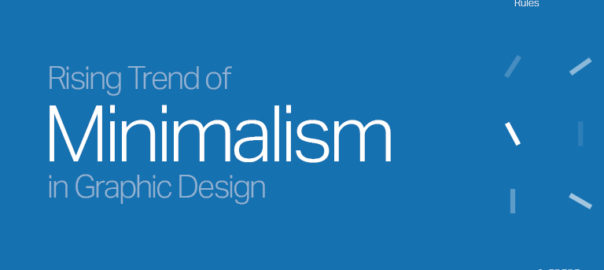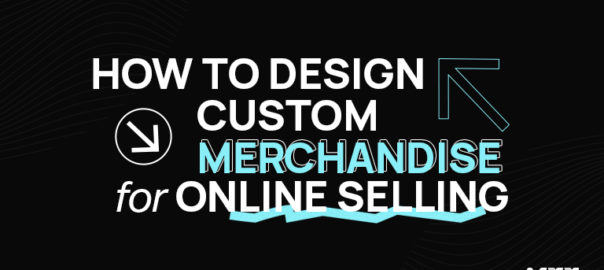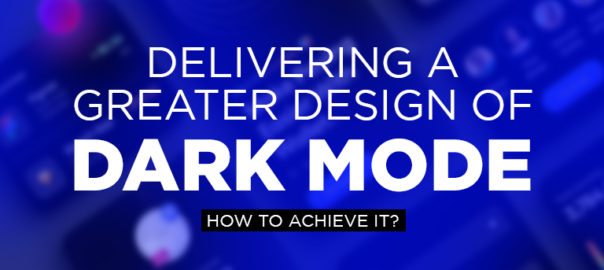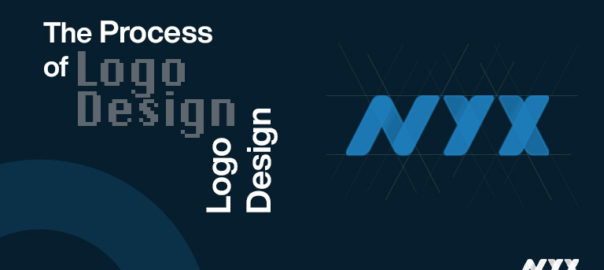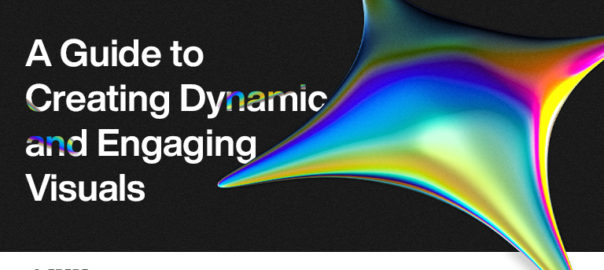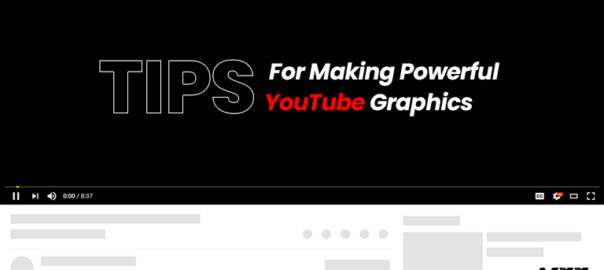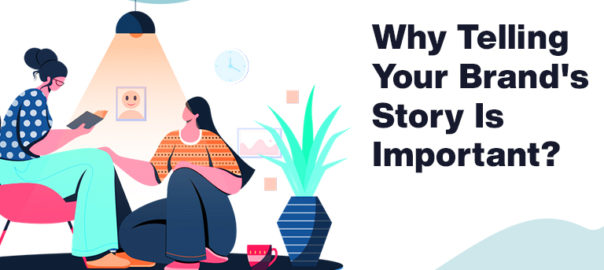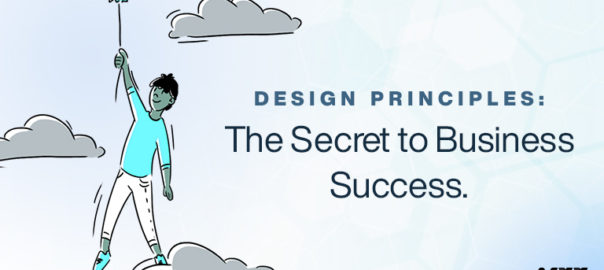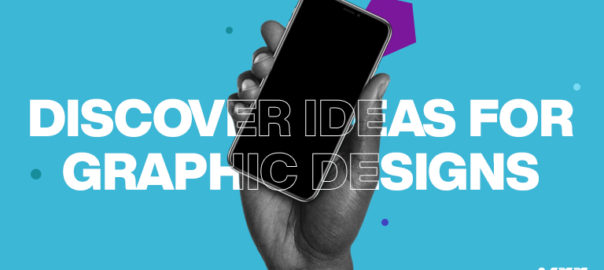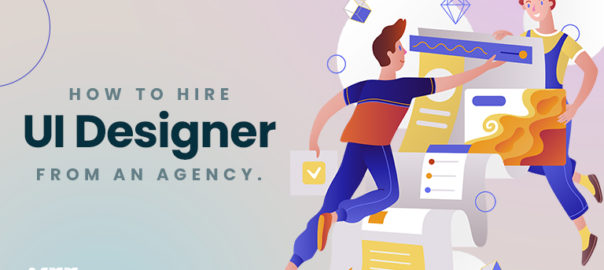Minimalism has been continuously evolving to be one of the most popular trends in various creative fields, including graphic design. The key traits of a minimalistic design are simplicity, clarity, and functionality over extreme ornamentation and artistic complexity.
In the recent times, the use of minimalism in graphic design can be seen rising at a greater pace, with a large number of designers embracing its neat and subdued aesthetic.
Here are the main characteristics that mark the virtues of minimalism in graphic design:
Limited Color Palette
Minimalism in graphic design follows the principle of using limited color palette. With the help of a few colors and limited shades graphic designers can achieve more sense of harmony and composure in their designs that is considered to leave a good impact on audiences.
With minimalism, graphic designers are able to establish a consistent visual identity for a brand or product. To take an example, if we talk about the tech giant Apple, its minimalist design approach makes it keep it between white, black, and gray in everything related to its branding gear and product design.
Negative Space
Minimal design is also about working on the use of negative space (also known as white space). It is the vacant or vacuum area around and between design elements. As designers are able to use negative space effectively, it allows them to deliver a sense of clarity, receptiveness, and openness in their designs.
This helps in building more focus on important areas, such as the elevator pitch, product image, or a call-to-action, and command a better response from the audiences.
Typography
Typography is another important element of minimalism in graphic design. By minimalizing your typeface and fontal entity you can effectively establish a simplistic channel of design. Here, you can use cleaner lines and sans-serif fonts to achieve it more effectively across the line of presentation.
With this approach graphic design professionals are able to compellingly build on the traits of legibility and readability. This makes it easier for viewers to understand the message and get more clarity about the expression without making much efforts.
Most leading businesses these days are going with the idea of minimalist typography for their branding purposes to stand out as a more confident, recognizable, and perceptive brand.
Sophisticated Artform
Apart from everything, minimalism can convey a sense of sophistication and elegance in any type of graphic design. With its nominal art references, clean expressions, and responsive tonal agreement, designers can create a sense of impact by making their graphic designs more effortless and receptive for the target audiences. This makes more graphic design companies and professionals to now increasingly opt for minimalism in their designs.
Versatility
Minimalism adds to the versatility of designs. Minimalist designs offer open-ended mechanism to address any context and idea of communication. From brand assets and marketing creatives to web layouts and user interface designs, it can help any of the design resources to pitch and convey the underlying idea of the communication more cohesively.
Apart from this you can simply adapt or recreate it to be used in different branding channels and communication mediums, such as print, digital, and mobile.
To Conclude
The rise of minimalism in graphic design suggests of the growing demand for simplicity, clarity, and functionality in design. By adopting the minimal approach designers are increasingly seeking versatile, adaptability, and cohesively in designs. With this, it is likely that we will see minimalism to be a more intrinsic and frequent part of the design process and will rule the factors that decide eligibility and performance of the work of graphic design ahead of here. Contact our team of experts today to learn more.
Read more about minimalistic website designs here.


